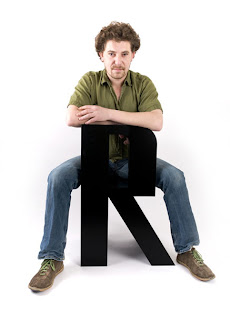When I think of a design that is designed for the people I think of Volkswagen. Now I know it sounds really odd but why not talk about another utopian design like the iPhone? Well because I think Volkswagen deserves a spotlight as well.
Volkswagen Logo and history, from http://www.cartype.com/pages/1765/volkswagen
Volkswagen, or VW as known by its it iconic mark, is one of the world’s largest automobile manufacturers. That should already tell you that the Volkswagen design is made for the people if so many consumers are interested in buying such a product. Also added to the fact that when directly translated Volkswagen literally means people’s car in German.
The most interesting thing about Volkswagen is it’s history. The Volkswagen was originally designed by a Nazi trade union, called the German Labour Front in 1937. The German automobile industry was largely composed of luxury cars, and the people then could hardly afford the expensive models. With a new area to market in mind, the auto industry began to build the ultimate people’s car. Adolf Hitler has a hand in the creation of the Volkswagen, giving the basic guidelines for a Volkswagen car to be able to transport at least two adult and three children at a speed of 62 mph. Due to it’s mass production, the People’s Car, or VW would be able to sell to consumer for a cheap price.
Ferdinard Porsche (1875-1952), Image and history from http://people.westminstercollege.edu/staff/bknorr/html/history.htm
The creation of the Volkswagen was designed by the Engineer Ferdinand Porsche who made sure that the VW was fuel efficient, reliable, easy to use, and economically efficient to repair. While Erwin Komenda developed the recognizable body of the car known today as the Beetle.
Volkswagen Beetle, Image and history from http://people.westminstercollege.edu/staff/bknorr/html/history2.htm
Over the years Volkswagen had to create newer designs to market with the trend of society, from external to internal changes. With mass market cars, Volkswagen had an arrange of colors that a consumer can pick from and even customize detailing on their cars. On the other hand, over the years, the company has focused on creating fuel efficient models that aims to save gas and help improve the environment the best way it can. So far VW has developed many different hybrid vehicles like clean diesel, flexible fuel vehicles, and even electric cars and hybrids (so far they have discontinued ethanol vehicles). The aim of VW to go along with the times is to create a car that is both fuel efficient for society, accessible for everyone to use and attractive. Although, I purely believe that the attractive quality about the VW Beetle is in the ability to customize or pick out the car to best match the identity of the consumer. In this sense Volkswagen is every sense a utopian design, it is the People’s Car.
Here is a video of the Volkswagen Beetle design in 2010
http://www.youtube.com/watch?v=QsVcpk6Z8Qs
http://www.youtube.com/watch?v=QsVcpk6Z8Qs




























